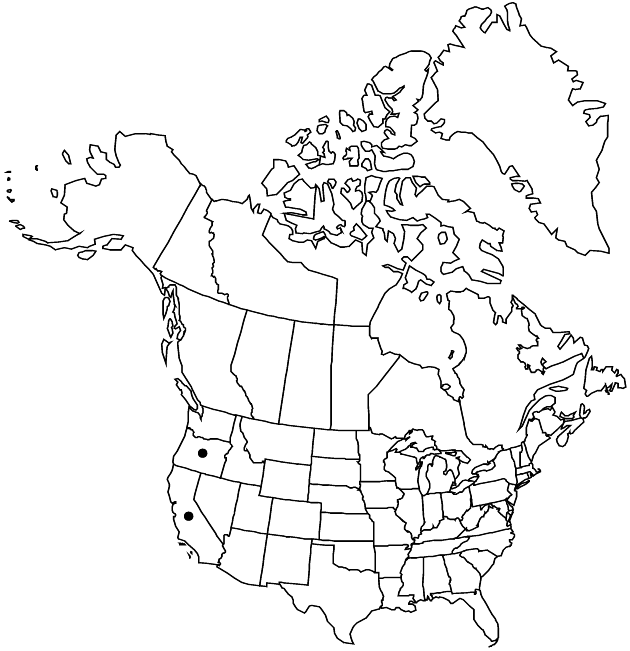Erigeron cervinus
Pittonia 3: 163. 1897.
Perennials, (10–)15–30 cm; rhizomatous, fibrous-rooted, caudices or rhizomes sometimes with relatively short or elongate, slightly woody branches. Stems ascending-erect, glabrous, sometimes minutely glandular distally. Leaves basal (often persistent) and cauline; basal blades spatulate to obovate or oblanceolate, (10–)40–80(–120) × 4–12(–15) mm, cauline equal-sized or gradually reduced distally (bases sometimes weakly subclasping), margins entire, faces glabrous, eglandular. Heads 1(–4). Involucres 5–7 × 9–14 mm. Phyllaries in 2–3(–4) series, glabrous, densely minutely glandular. Ray florets 20–45; corollas blue to purplish, 7–10 mm (mostly 1.5–3 mm wide), laminae coiling. Disc corollas 3.5–4.9 mm. Cypselae 1.5–1.7 mm, 2-nerved, faces sparsely strigose; pappi: outer of setae, inner of 12–15 bristles.
Phenology: Flowering (May–)Jun–Aug(–Sep).
Habitat: Open, rocky slopes and streamsides, seeps, crevices in walls, meadows, pine to fir woods, chaparral, sometimes over serpentine
Elevation: (50–)900–2300 m
Discussion
Plants with relatively elongate basal leaves and cauline leaves little reduced distally (identified as Erigeron delicatus) are much different in general aspect; intermediates bridge the morphologic extremes.
Selected References
None.
